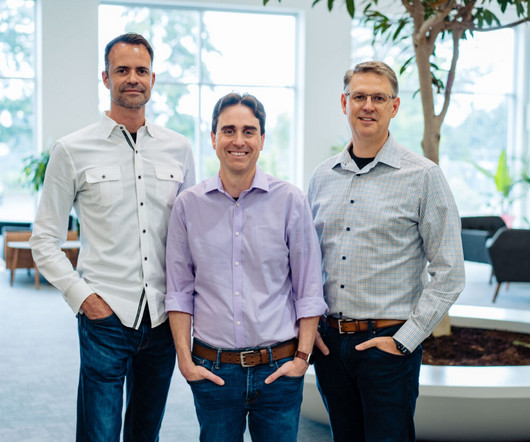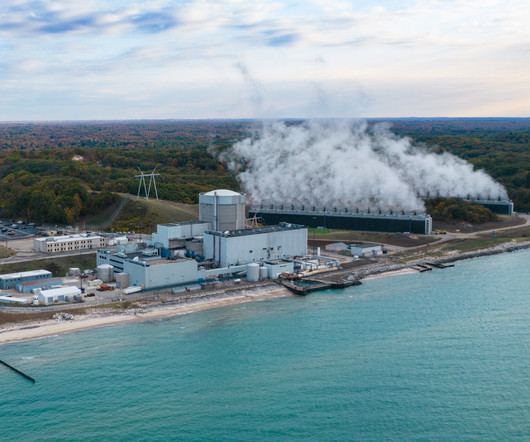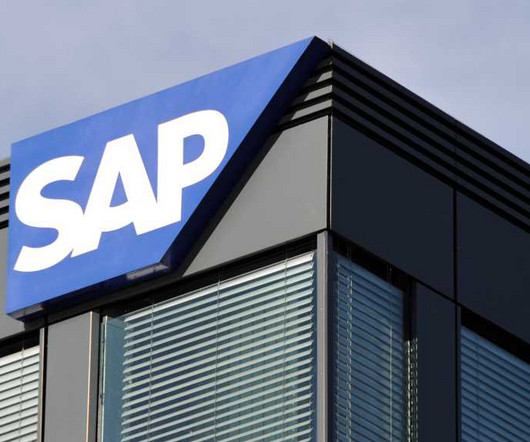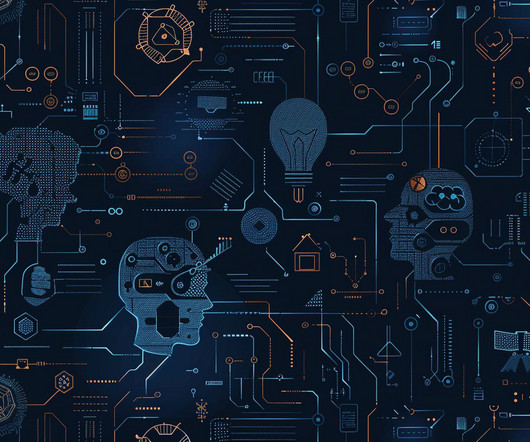Microsoft and Helion want to build the world’s first fusion plant and seize energy’s ‘Holy Grail’
GeekWire
MAY 10, 2023
Microsoft needs clean electricity to fuel the operations of its more than 200 energy-hungry data centers internationally. Helion Photo) The commercial project will largely be licensed and regulated by the state Department of Health , which previously approved three of Helion’s test devices. The Redmond, Wash.

















Let's personalize your content